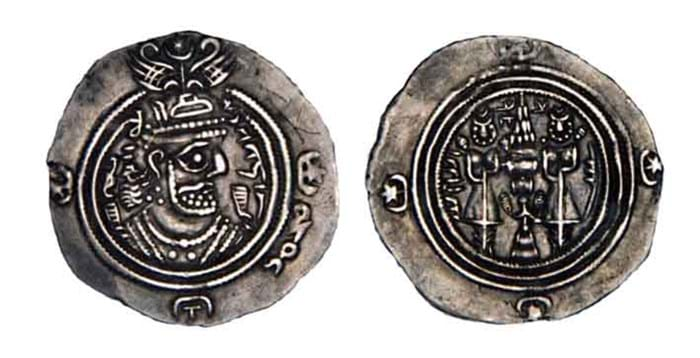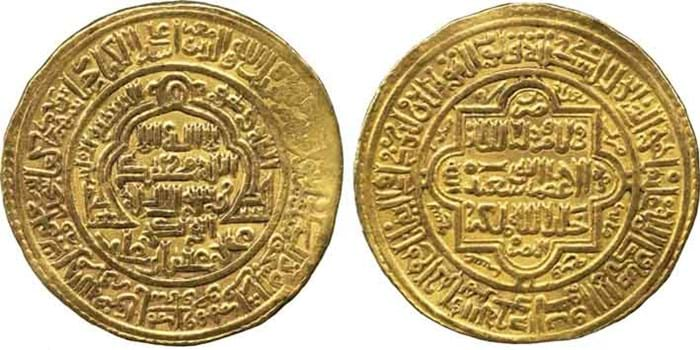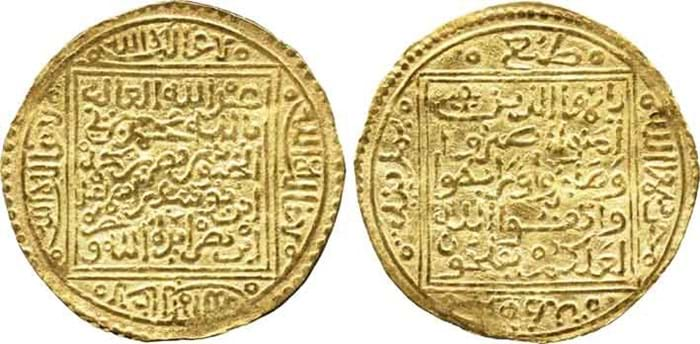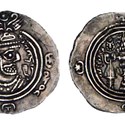The last offering of this importance in Islamic coins was the 1904 Schulman (Amsterdam) sale, but even allowing for inflation, the prices then were nothing compared to those estimated and in part achieved this April.
A century ago there was considerable interest in the recording of Islamic coins. The British Museum catalogue of ten volumes published from 1875-90 is still relevant today. Interest rather waned until around the late 1990s and Baldwin's held their first specialist Islamic sale in 1999 - they have now staged 20.
This market is hard to forecast, mainly because there are very few serious buyers and prices only tend to soar for pieces that fill gaps in their collections, to some degree regardless of rarity.
This may explain the contrasting fortunes between the two sales, with Morton & Eden having the advantage of going first on April 23. But it was also true within the sales. A case in point was the differing performance of two lots in M&E's offering (164 lots, total: £1.72m).
On the face of it, one might expect the earlier Umayyad dinar, dated AH89 (707AD), to be rarer and more desirable than one from AH105 (723AD), but the latter was struck on gold from the mine of the Commander of the Faithful (i.e. the Caliph). In view of this, the AH89 version was prudently estimated at £800,000-1m. Bidding was hesitant and eventually it realised £780,000.
Meanwhile, the Caliph's dinar took £3.1m.
When one considers that these coins look superficially similar to Umayyad examples which can be had for under £250, it is easy to see an almost philatelic attitude to the Islamic series. Minor differences can mean major price hikes, with dots, dates and mints in various combinations mattering to the specialist.
What it also means, however, is that serious scholarly collectors can acquire silver and gold coins of historic significance from just a few hunderd pounds, even where highly similar versions can attract bids in the hundreds of thousands.
Silver Dirham
Another dramatic range in prices for different versions of the same coin was illustrated in bidding for an Arab-Sasanian silver dirham struck (probably) in Damascus in the AH75 (694AD).
This is iconographically an important coin in that it is the earliest depiction of the Caliph, with a prominent sword, on a silver coin. Examples in copper are relatively common and can be had for less than £100. Despite being damaged, this silver version commanded an estimate of £50,000-80,000 and went way past this figure to achieve £170,000.
Soon after this coin was struck, late in AH77 (696AD), images on Islamic coinage were banned, a move inherited from Hebraic tradition, possibly as the result of a proseltysing Byzantine emperor putting a head of Christ on the coinage. A cross was just tolerable to the emerging Arabic power, which hitherto had no coinage of its own, but this was just too much.
So this short window of two years, when the Caliph was depicted, has led to some true rarities. To put this in context, an example from the following year, AH77, would be estimated at less than £1000.
Baldwin's Results
On April 25 Baldwin's hosted a sale covering similar ground. The bidding in this sale was considerably more hesitant despite the excellent quality and rarity of the lots. Perhaps there was just too much material on the market at the same time and Baldwin's suffered from holding their sale later. The other explanation could, of course, be the insistence of vendors on unrealistically high reserves.
Nonetheless, despite 67 of the 150 lots failing to find a buyer on the day of the sale, the auctioneers did take £2.24m, and I understand that there has been much successful negotiation after the sale - around another £1.5m worth - so Baldwin's managed a good result in the end, even it was a little protracted.
As a demonstration of the marvels of Islamic calligraphy perhaps the prize should go to the Ilkhan (Mongol) gold presentation multiple dinar struck in Madinat al Salaam - the City of Peace, now called Baghdad - in AH719 (1319AD).
This wonderful coin was estimated at £70,000-80,000, but took a final bid of £57,000, a typical performance throughout this sale.
These very rare elimosine (alms or donative) pieces show evidence of Islam preserving the cult of the medal from late Roman times to its re-establishment in Italy in the mid-15th century AD.
It is also worth noting that just as Roman lettering was rendered more wonderful than previously by the inscriptions on Trajan's column (98-117AD) - a typeface still in use today - the Caliph's establishment of an epigraphic coinage in AH77 (696AD) established the Arabic alphabet as a universally appealing art form. Before this, Arabic was written in a rather unattractive and cramped style.
A coin which is, or should be, of interest to English readers is the Nasrid dynasty dinar struck at Granada (Spain) in AH851-858 (1447-54AD). It is these long-established coins described in English medieval documents as 'Denarii of Murc' (Murcia in Southern Spain) which provided Henry III with the gold to strike his very rare gold 'pennies' of 20 silver pence and the ability to pay for his wars in Gascony.
The example in the sale demonstrated the longevity of the Spanish Islamic coinage, this one being later than Henry III. It carried an estimate of £3000-4000 and made £2600.
An example of this coinage actually bearing the mint name Murcia, it seems to be one of two known. Another was sold at Bonhams in July 2009 for £7200.
Those without the mint name cost £200-300. The gold came from what we now call the Guinea coast.
The buyer's premium at Morton & Eden is 15%
The buyer's premium at Baldwin's is 21.5%










